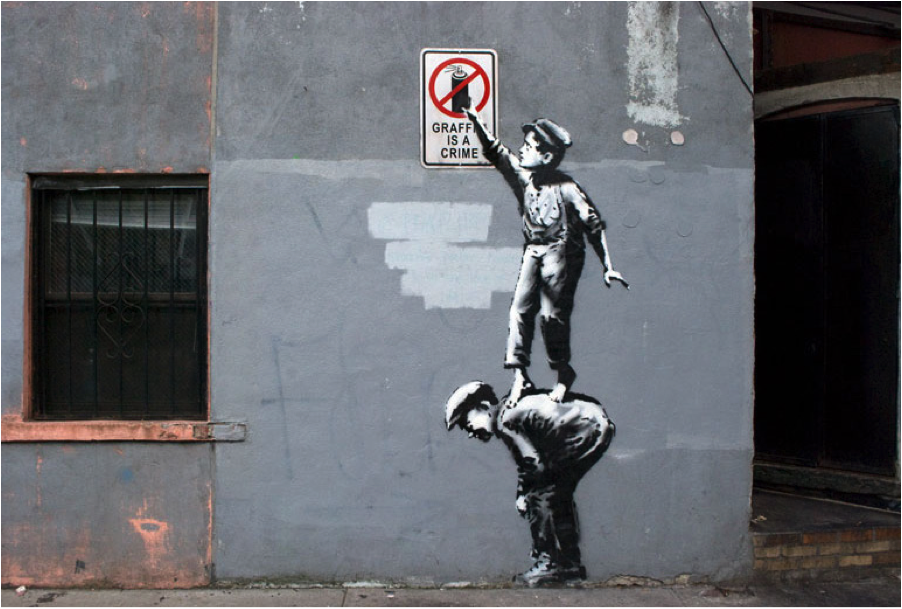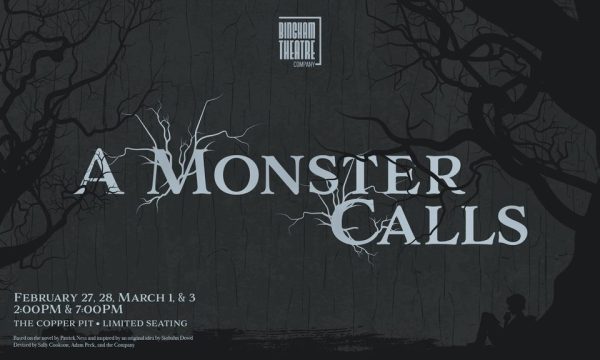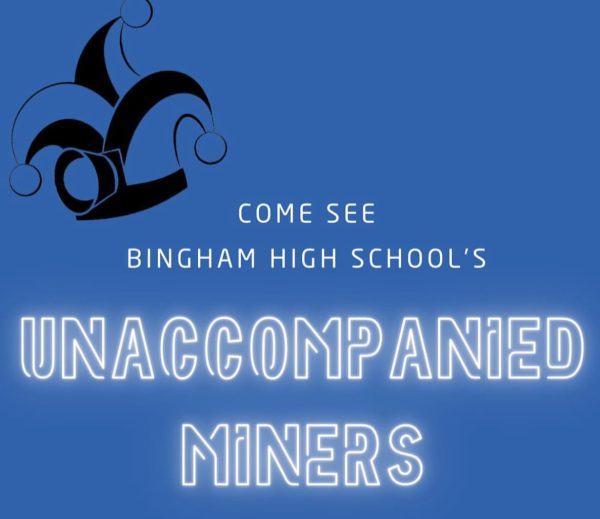Art or Vandalism
Photo by Photo courtesy of Google Images
Let’s face it, nobody truly knows what graffiti is. Arguments over whether graffiti is art or vandalism have gone on ever since the activity came to light in the 1960’s. Property owners claim it’s vandalism, artists say it’s an outlet for deep emotional expression which cannot be put into words.
Banksy, world famous graffiti artist, told banskyny.com, “Some people become cops because they want to make the world a better place. Some people become vandals because they want to make the world a better-looking place.”
One of the widest spread arguments supporting graffiti states that it’s an art and therefore is a beautiful expression of emotion. Graffiti takes the gray dull walls of a building and turns it into a canvas of endless possibilities.
Some consider graffiti to be beneficial to neighborhoods because it provides another non-violent and anonymous form of self-expression. Anti-graffiti advocates argue that there are alternative and legal emotional outlets for graffiti artists through school and community art programs.
On the other side of the debate, some say that graffiti is nothing but the destruction of personal property. Since the ‘blank canvases’ of most towns are privately owned, tagging them without written consent is considered vandalism and is therefore illegal. Graffiti also often depicts profanity, nudity, and violence. Those sorts of images are offensive and may tarnish the town/city’s reputation.
The zero-tolerance policy at Bingham entails that all acts of vandalism are not allowed. Assistant Principal Mrs. Janilee Taylor said that graffiti is indeed vandalism.
“Any time students are doing graffiti on their own and not asking permission then it is vandalism. If students are taking it upon themselves to do any kind of graffiti, whether it is artistic or inappropriate, either way, it is not okay,” she said. If graffiti is reported it is investigated (they check the cameras), the police officer becomes involved, and if it becomes a major problem a reward would be offered to anyone willing to come forward with information.
Graffiti is currently illegal, so a good alternative to it is street art: given permission to a street artist to display their art on someone’s property. This has its benefits and can be seen as a good substitute. While artists are still able to “make their mark,” and create something beautiful, there are also limits on what can be portrayed (no nudity, profanity, or excessive violence and a restraint on politics, etc.).
Washable graffiti, moss graffiti, and reverse graffiti are other alternatives that are easier to remove, while still providing all the perks of real graffiti, minus the fact that they aren’t permanent. Reverse graffiti, also known as clean graffiti, is when an artist creates temporary or semi-permanent images on walls or other surfaces by removing dirt from a surface. Moss graffiti is basically just painting moss, or other plant products onto any given surface, and washable graffiti is simply using non-permanent paint.
Urban Times wrote, “Graffiti, for one, has been criticized for depreciating and devaluing urban landscapes, where else, ‘green’ graffiti forges a strong connection between the urban neighborhood and nature. It does not deface public property, and therefore, should not be classified as illegal art in any shape or form.” This can be said for all types of semi-graffiti artwork.
Because these types of ‘graffiti’ are temporary and are non-destructive in nature, the practice of prosecution is more difficult. Moreover, while adding something to the sidewalk like paint is illegal; cleaning it, dusting it, mossing it, and semi-permanently painting it, is not. Thus, companies or artists participating in these types of graffiti services are operating in a legal gray area.
Street art and semi-permanent graffiti can be seen as ‘the great compromisers’ for the graffiti debate. Mr. Jackson, an art teacher at Bingham High School said, “There is a difference between graffiti and street art…I think both can be pretty cool and artistic, but again one is legal and one is not. So obviously I would lean toward the legal version.”
Graffiti artists complain that non-permanent graffiti will simply wash away, but as Mr. Jackson pointed out, permanent graffiti will just as simply be covered up.
No matter the debate if you want to spray it instead of say it, just try to keep it legal.






